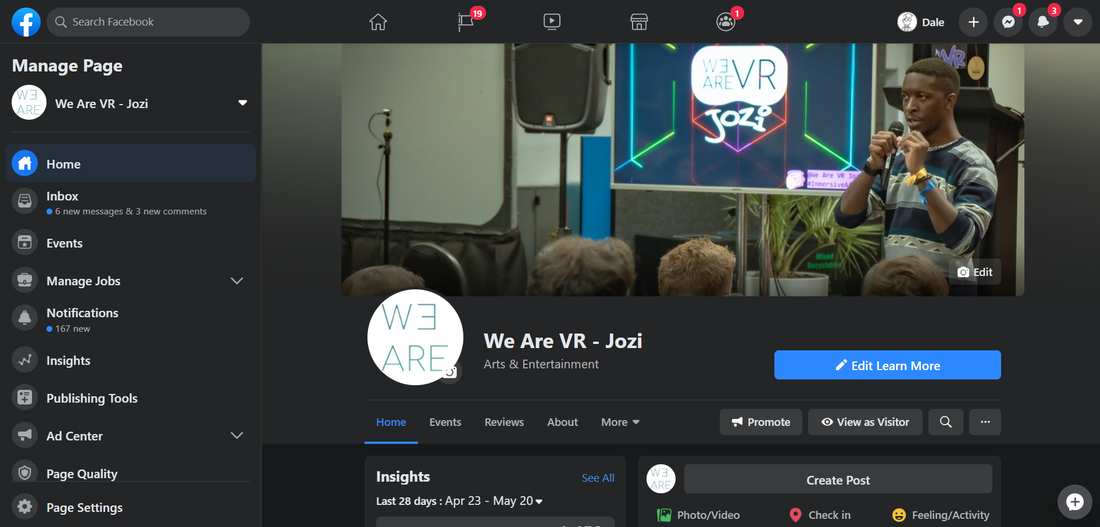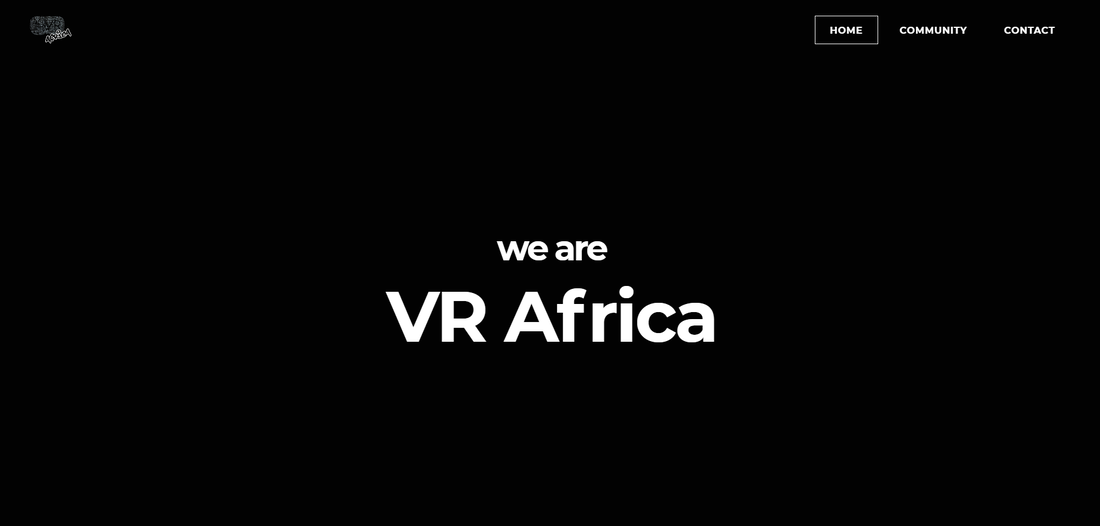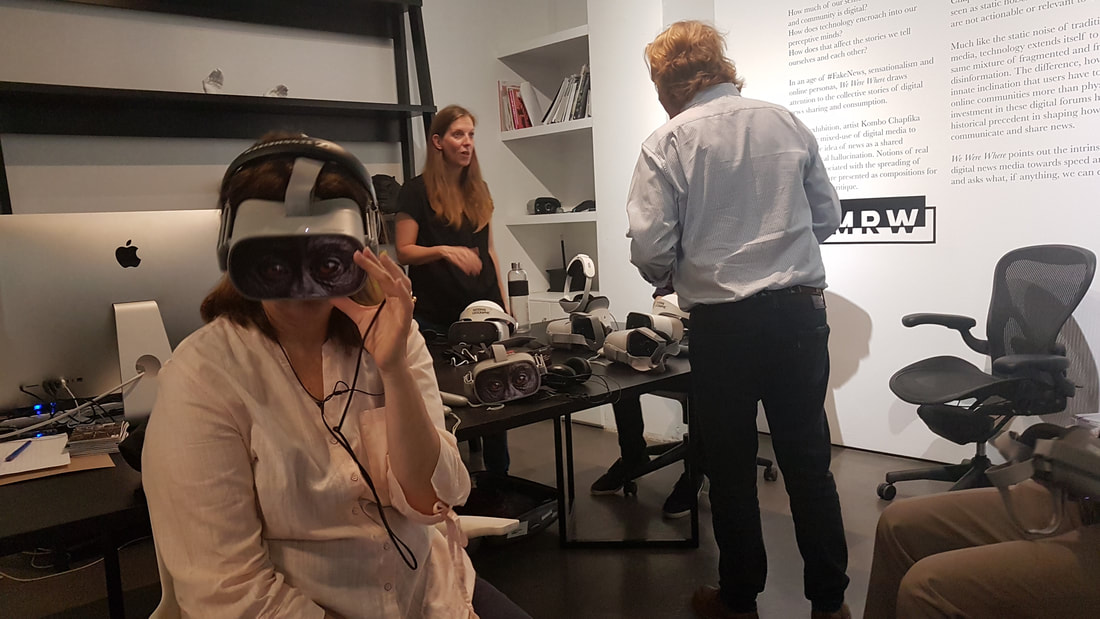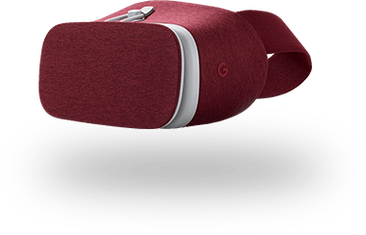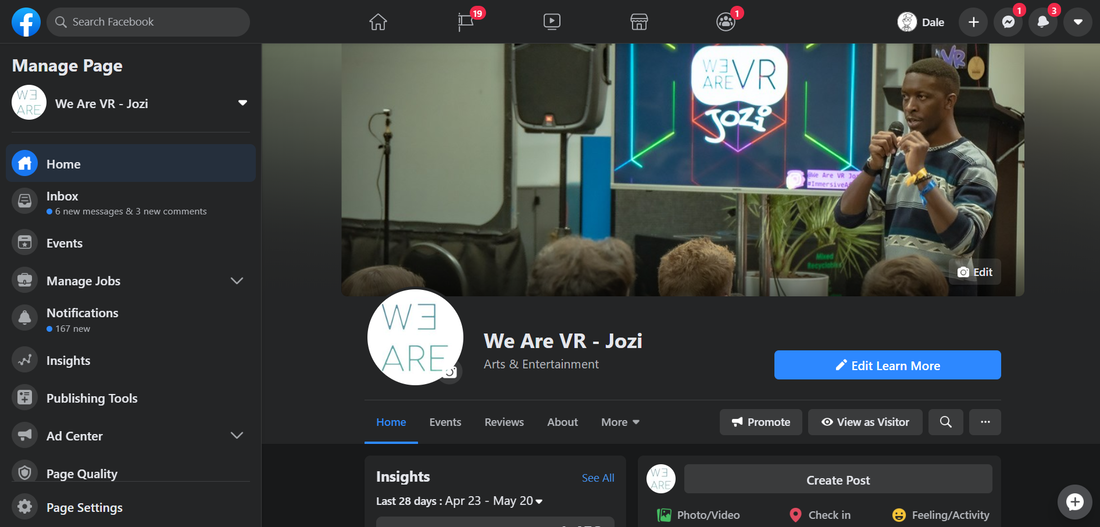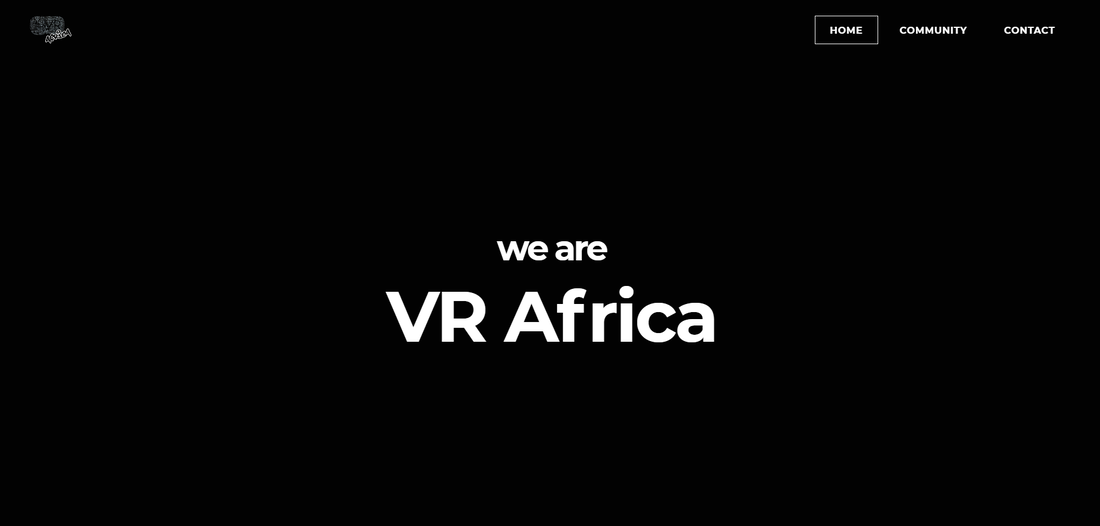What is
|
How DOes VR Work?
|
Prof. Jeremy Bailenson, a Stanford University professor and author on the near term future of virtual reality.
|
Artists create interactive computer-generated experiences that take place within simulated environments. VR primarily incorporates auditory and visual stimulation, but can also include other types of sensory input like haptic (the sense of touch) feedback.
This immersive environment can be similar to the real world or it can be fantastical, creating an experience that is not possible in ordinary physical reality. |
|
In social psychology, the mere-exposure effect is a psychological phenomenon by which people tend to develop a preference for things merely because they are familiar with them. The effect has been demonstrated with many kinds of things, including words, Chinese characters, paintings, pictures of faces, geometric figures, and sounds. In studies of interpersonal attraction, the more often a person is seen by someone, the more pleasing and likeable that person appears to be. |
|

